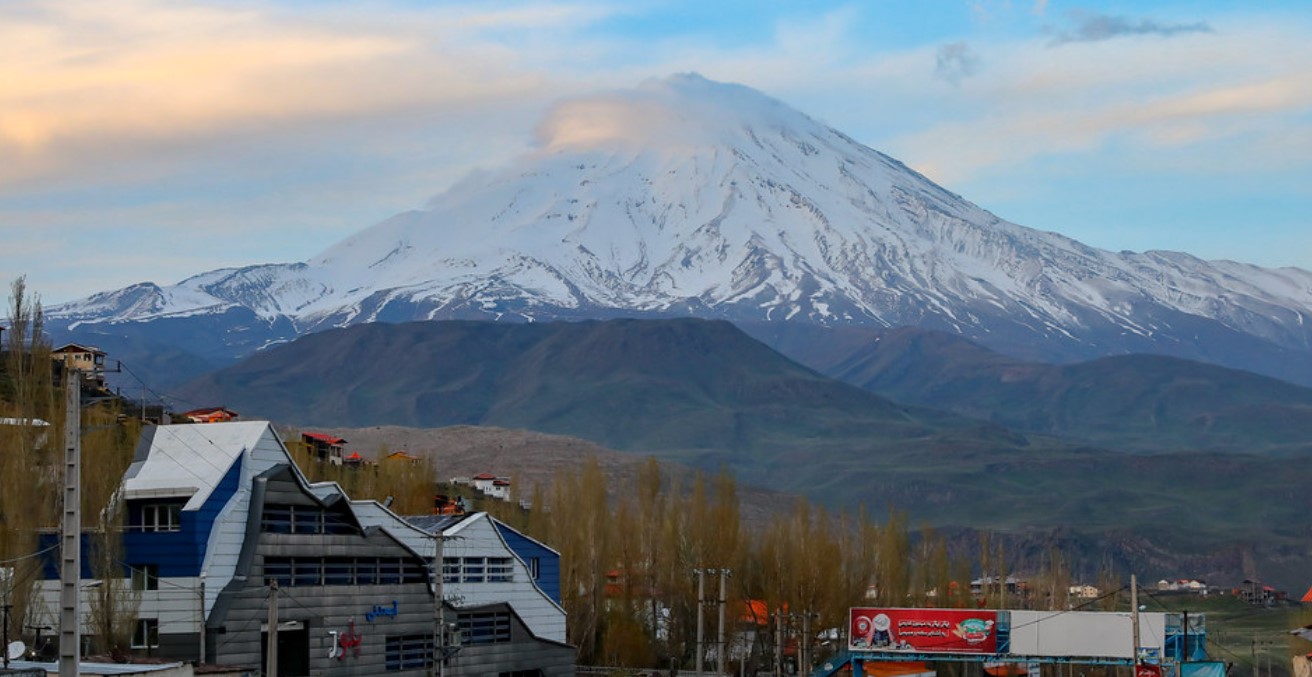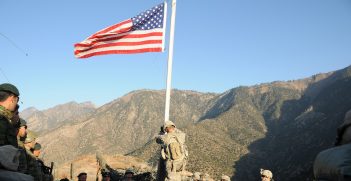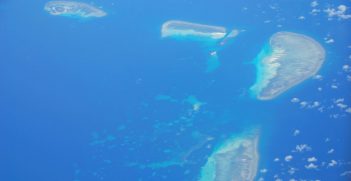Iran As A Strategic Actor (Part One)

In order to understand Iran as a strategic actor, we must first understand the geopolitical, religious, and security concerns behind their actions.
Increased tensions between Iran and the US in the wake of the targeted assassination of Quds Force Commander Qasem Soleimani offer an opportunity to test classic concepts in international relations. Notions of misperception, miscalculation, brinkmanship, bluffing, escalation, and reputation, and how they make for the possibility of war, are all at play in the stand-off. Yet Iran is often depicted as an irrational rogue actor led by religious zealots that is ideologically driven to sow disorder throughout the international community using irregular warfare proxies, in spite of the fact that Revolutionary Iran has not initiated war against any other nation. It is labelled the world’s greatest sponsor of terrorism by the US, UK, and Israel in spite of the global terrorist campaign carried out by Wahhabist and Salafist extremists operating under the banner of al-Qaeda and ISIS, which have the tacit support of Sunni Arab regimes. This begs the questions: does Iran have legitimate geopolitical and security interests? Does it have a strategic culture and can it act as a rational actor?
Consider Iran in context. It has a GDP of US $446 million, a GDP per capita of US $5,417, a Gini coefficient of 38.3 (medium) and a large industrial base in spite of a sustained economic contraction occasioned by the imposition of a US sanctions regime in 2018. It is a the 16th largest country in the world by land mass, with 82 million inhabitants. It has 3,662 miles (5,893 kilometres) of land borders with seven countries (Iraq, Turkey, Armenia, Azerbaijan, Turkmenistan, Afghanistan and Pakistan) and 1,976 miles (3,180 kilometres) of coastline on the Caspian Sea, Persian Gulf, and Gulf of Oman, including the Straits of Hormuz. Its population spans a variety of ethnic and linguistic groups with deep historical and cultural ties to adjoining countries, and several of its neighbours are fragile states beset by often violent internal tensions that mirror and at times overlap with similar dissonance in the Arab world (most notably, Afghanistan, Iraq and Pakistan). Much of the world’s oil and other resources travel over waters adjacent to it, and its airspace is a major corridor between Europe and Asia.
Iran’s primary external threats come from its western and southern land and sea borders, but cross-national threats emanating from Afghanistan and Pakistan are in the mix as well. This combination of threats poses significant security challenges for the heirs to the Persian Empire, who have worked to ensure their defence by having 523,000 active duty military personnel at their disposal (including 350,000 ground troops, 30,000 air force, and 18,000 naval personnel, plus other constabulary and intelligence services) and another 300,000 in reserve. Its armed forces operate across air, land, and sea domains as both conventional and unconventional forces, the latter under the auspices of the Islamic Revolutionary Guard Corps (IRGC) and its elite special operations clandestine unit, the Quds Force.
The Iranian military is considered to be well-trained and fairly well-equipped. Its army inventory is large and modern, but its air force fleet is aging and its navy is relatively “light” in spite of contracts signed with Russian and Chinese suppliers for updated larger platforms. Its land-based air defences are robust, and its maritime warfare is premised on the use of small fast boats and subsurface vehicles in both swarm and small unit stealth attacks. Over the years, sanctions have required that Iran develop an indigenous weapons industry, which it has done via licensing agreements with Russian, Chinese, and other suppliers as well as via reverse-engineering of captured or stolen equipment and clandestine acquisition of foreign military designs. This includes the production of military Unmanned Aerial Vehicles (UAVs) and submersibles. Although US and other Western weapons are still in the Iranian inventory, since the revolution there has been a shift towards (mainly) Russian and Chinese armaments that parallel the defence agreements signed by Iran with both countries.
Iran puts much resources into its unconventional warfare capabilities, including cyber warfare assets and those at sea. It relies on stealth, mobility, maneuver, deception and surprise as its main tactical approach, and whether using armed proxies or its special forces, it follows the doctrine of plausible deniability by allowing proxies and Quds Forces to undertake decentralised, autonomous operations at the discretion of field commanders. This allows it to keep opponents off-balance and reduces the possibility of mass-on-mass kinetic operations at which it would be at a disadvantage against its most likely adversaries, in particular the US.
The key strategic concerns of the Iranian state are to ensure the integrity of the nation, preserve the theocratic regime, promote domestic development and economic prosperity, ensure domestic peace and external security and be recognised as a legitimate regional power. Diplomatically, due to a fraught history dating back to the 1953 CIA-backed coup that installed Shah Reza Pahlavi, Revolutionary Iran has hostile relations with Israel, the UK, and the US (former patrons), which are superimposed and reinforced by its historical competition with Sunni Arab oligarchies for regional dominance. As a balance, Iran maintains close ties with China, Russia, and Syria as well as Shiite groups throughout the world, and cordial relations with a number of other states, including India. This adds another dimension to its geopolitical and security concerns, which in turn determine the specifics of its strategic perspective.
This perspective is also shaped by the interplay between pragmatic and ideological factors as motivations for foreign and national security policy. That rests on the dynamics between hard-line and soft-line elements within the Iranian regime and their response to external events and internal factors set against the constants of geography and history.
This will be examined in the second part of this article, due to be published next week.
Dr Paul G. Buchanan is the Director of 36th Parallel Assessments, an Auckland-based geopolitical and strategic analysis consultancy.
This is part one of a two-part article on Iran as a strategic actor.
This article is published under a Creative Commons Licence and may be republished with attribution.





